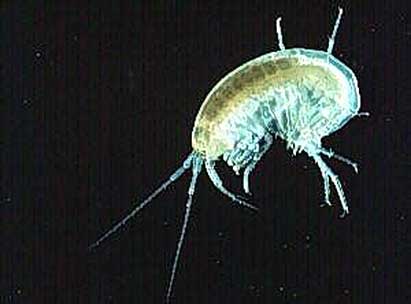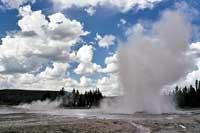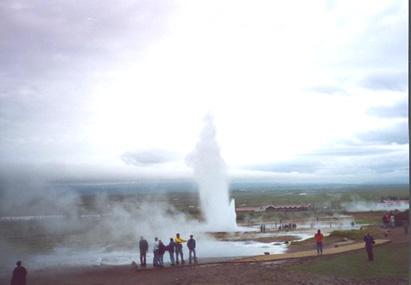Life at the bottom of the sea
2001/04/18 Elhuyar Zientzia

At the bottom of the Indian Ocean are small organisms that do not need sunlight. They extract the necessary energy from the geiser submarines located at the limit between tectonic plates. An expedition organized by NASA investigates these curious organisms.
The project is called the Knorr expedition. A group of 60 American scientists control research from a ship of the same name. Its most important working tool is the submarine that can perform the work of the JASON robot. This submarine has an arm prepared for the collection of samples. Remote from the boat, the submarine drops to 2,000 meters deep to observe the limits between tectonic plates.
In the limit between plates there are many volcanoes and geyser that like magma expel much matter from the subsoil. The plates are in continuous movement, moving away from each other. At 2,000 meters of depth there is no light, but scientists have seen that with the light of the submarine foci live worms, small molluscs, bacteria, etc. But this observation is not new.
They are beings found for the first time in 1977. Until then, scientists did not know organisms that lived without sunlight. Now it is known that this way of life is based on backdrop thermal springs. Scientists have found two types of geysers, which expel a white and a black matter.
Heavy metals are abundant in the composition of what is eliminated in the black Geyser. In others, of course, matter of different composition is eliminated, but in both types there are always certain components. In this way, ecosystems of beings that extract energy from hydrogen sulfide and other molecules are created.
They are ecosystems of great interest for the field of biology, since they can give rise to a new vision of the extreme conditions of potentially living environments.

Gai honi buruzko eduki gehiago
Elhuyarrek garatutako teknologia






